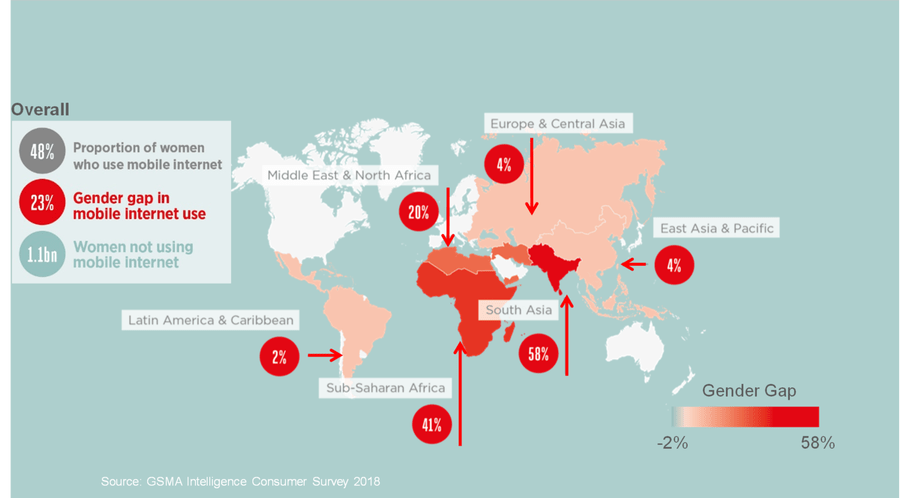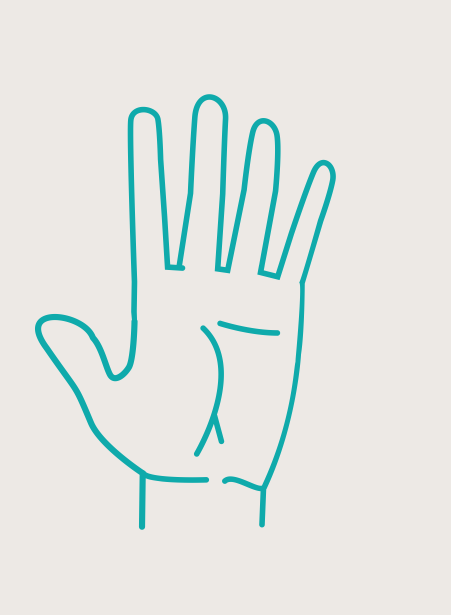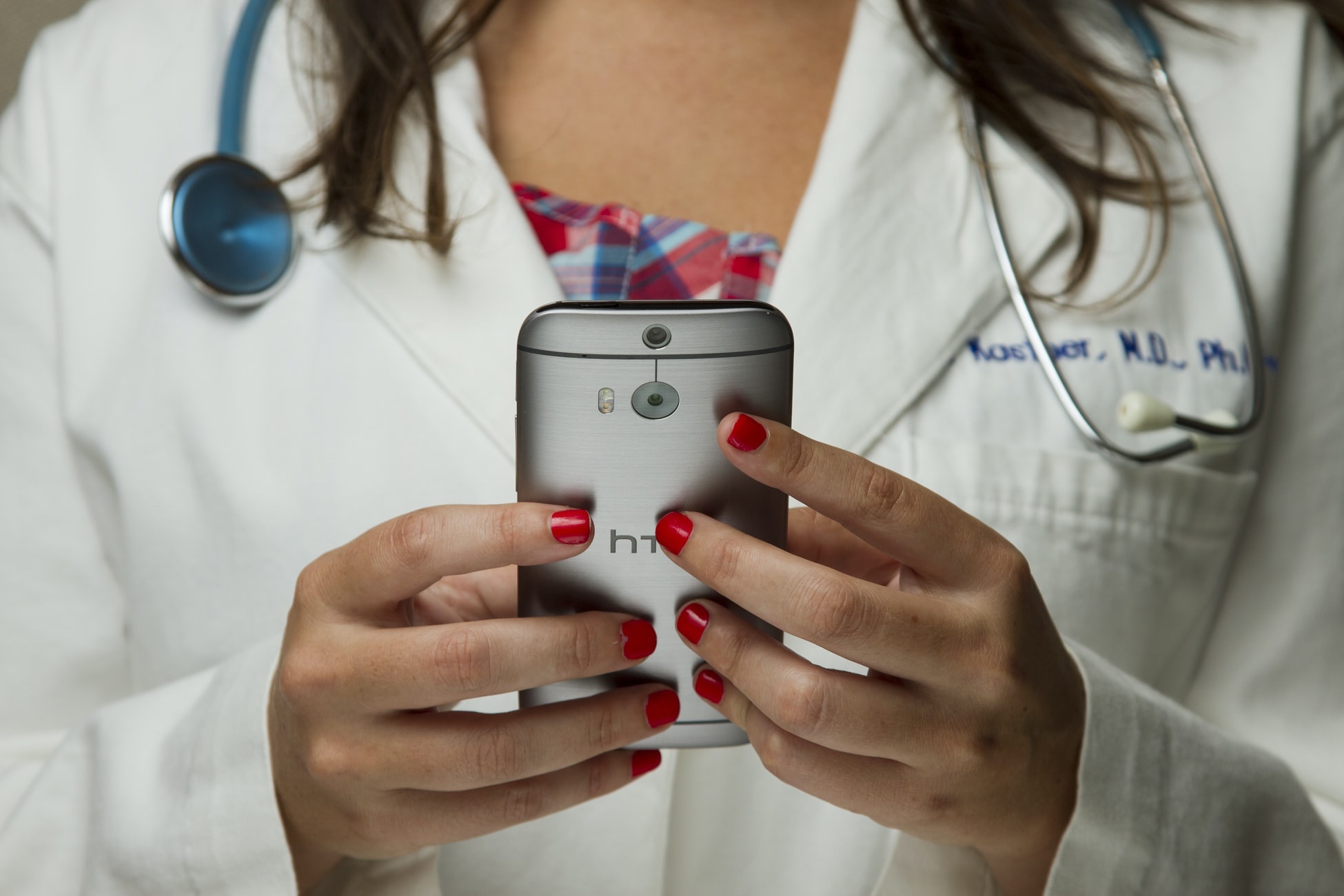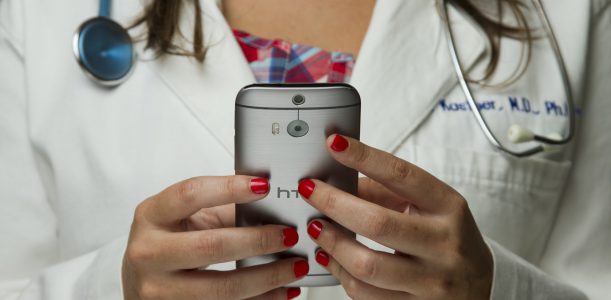Technology and the Internet as a whole can be a great enabler for women and girls, but a lack of opportunities, skills, and a fear of online discrimination prevents many women from leveraging digital tools to improve their health, advance their education, or find employment.
This blog will build on the content discussed in previous blogs and focus on the digital divide and how women around the world do not have the same level of access to technology.
WHAT IS THE DIGITAL DIVIDE?
To achieve gender equality, women need to have equal access to technology. The digital divide, or technology gap, is the difference between those with access to technology and the Internet and those lacking said access.
When compared to men, women have less access to technology and the Internet. While more prevalent in developing countries, girls and women struggle more often than not to afford technology and Internet access. In addition, stereotypes surrounding technology being ‘for men’ and the fear of being discriminated against online also prevent women from utilizing digital tools in many parts of the world.
The gender digital divide is the largest in the world’s least developed countries at 32.9%. The Internet gap in particular is the biggest in Africa, while in terms of mobile phone usage and ownership, the gender digital divide is most pronounced in South Asia, where women and girls are 26% less likely to own and use a mobile phone than men.

mHEALTH AND THE GENDER DIGITAL DIVIDE
Traditional gender roles have resulted in women trailing behind men in the use of and access to modern technologies, especially in developing countries. Mobile technology – particularly mobile telecommunications technology – is becoming an increasingly important tool that’s being leveraged in global health programs.
Compared to men, women are less likely to own mobile phones, and are therefore less aware of available mHealth services, despite the higher likelihood of making use of available mHealth services among both genders.
For many women with newborns in developing countries, the swift expansion of mobile technology infrastructure presents an extraordinary opportunity to expand access to healthcare services and save lives that are often lost from preventable and manageable conditions. As noted by the Center for Innovation & Technology in Public Health and Public Health Institute (2013), the long-standing geographical and logistical barriers to healthcare services can be eliminated through the remote nature and speed of availability to telecommunication technologies.
“Technology has paved the way for greater democratization and has revolutionized services, from banking and finance to education and health. Technology is the solution that will continue to empower girls and women and, for that reason, is vital to the future. Women’s progress is human progress.”
— Kathy Calvin, former President and Chief Executive Officer of the United Nations Foundation
Mobile technologies can improve the quality of care by connecting clients with healthcare professionals and providers, streamlining data collection, providing diagnostic treatment and support, and facilitating necessary training for healthcare workers.
According to the Center for Innovation & Technology in Public Health and Public Health Institute (2013), combining mobile technologies with existing mHealth resources offers a great potential to provide women with adequate and appropriate care through interventions that stimulate demand for available services, promote improved access, and lead to efficiencies in care delivery and management practices.
Mobile phones can contribute to an inclusive social network that women in various communities across the globe can rely on to obtain accurate information related to health issues, moral support, and counseling without feeling discriminated against. The advantage of mHealth in fostering these supportive networks is that it can further empower women to access accurate and timely information, referrals, and social support and encourage them to obtain appropriate health care services, adhere to treatments, and promote behavioral change, such as infant feeding practices.
DIGITAL EMPOWERMENT & ACTIVISM
Gender inequity and disempowerment have significant impacts on women’s health and the overall demand for female-centric mobile healthcare services. Information and Communication Technologies (ICTs) continue to redefine and revolutionize the way people around the world live and work. Where women and girls are now able to chase new opportunities and gain fresh perspectives through ICTs, their empowerment affects a wide range of outcomes. Technology can often be a powerful tool for girls to become activists and lead change on issues that affect them. Social media platforms allow activists to reach a wide audience around the world and organize action towards common goals and causes.
Digital spaces offer women a new way to organize and learn from each other. They start campaigns, write blogs, and, increasingly, use social media to build networks.
Victoria Tahmasebi-Birgani, Professor of Women and Gender Studies at the University of Toronto
In recent years, feminists have turned to digital technology and various forms of social media to create dialogue, network, and organize in a fight against sexism, misogyny, and rape culture. As noted by Mendes et al. (2019), the emergence of feminist campaigns such as #MeToo, #BeenRapedNeverReported, and Everyday Sexism are part of a growing trend of digital resistances and challenges to sexism, patriarchy, and other forms of oppression. In today’s increasingly connected world, digital activism is far more complex and nuanced than one might initially expect, and a variety of digital platforms are used in numerous ways and for many purposes.
NEXT STEPS
Women (and girls) comprise half of the world’s population. Let’s think about that for a second.
There are roughly 250 million fewer women online than men, and the gap is widening (from 11% in 2013 to 12% in 2016). Access to the Internet remains concentrated in the developed world – 53% of the world’s population (equivalent to roughly 3.9 billion people) are not connected. More specifically, in several of Africa’s poorer and more fragile countries, only one person out of every 10 people has access to the Internet.
Increasing access to online resources is crucial to ensuring women and girls are not left behind in an increasingly digital world, and doing so will have a direct impact on women’s health and their access to online health services.
Closing the digital divide, changing stereotypes and mindsets, and equipping women with the skills they need to thrive in today’s economy will not happen overnight. Each of us has a part to play a part in closing the gender divide, overturning stereotypes, and empowering women and girls to use ICTs.
REFERENCES
Mendes, K., Ringrose, J., & Keller, J. (2019). Digital Feminist Activvism: Girls and Women Fight Back Against Rape Culture. : Oxford University Press. Retrieved 28 Oct. 2020, from https://oxford.universitypressscholarship.com/view/10.1093/oso/9780190697846.001.0001/oso-9780190697846.
mHealth Alliance. (2013). Leveraging mobile technologies to promote maternal and newborn health: the current landscape and opportunities for advancement in low resource settings. Oakland, California: The Center for Innovation & Technology in Public Health and Public Health Institute.


